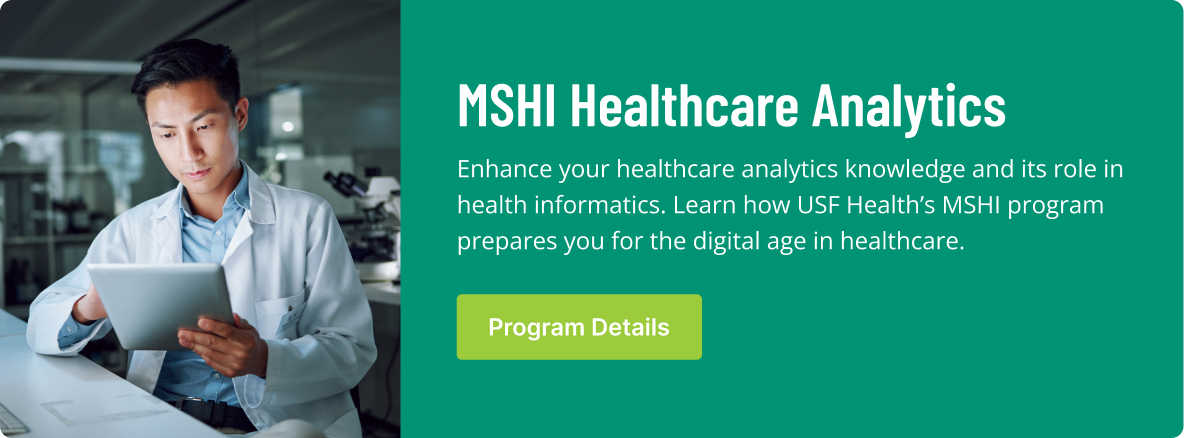Analytics has gone from a fringe science to widely accepted method of performance measurement in just a few years. But now, according to a study from HIMSS Analytics and Dimensional Insight, healthcare is moving toward analytics maturity.
When they say maturity, what industry researchers are referring to is the tangible improvements that are being made to financial, operational and clinical aspects of what healthcare organizations do. And the study, which interviewed more than 100 healthcare executives, revealed positive gains for analytics practices across the industry.
Around two-thirds of the respondents say their organizations are using analytics in all three areas highlighted, while around 85% say they do so in more than one.
Clinical Improvement
The primary goal of clinical analytics solutions is to improve patient safety, care quality and outcomes. The results of the survey show that the biggest successes reported came from organizations that prioritize clinical outcomes improvement as their primary metric.
Clinical metrics such as readmission rates, patient outcomes and infection control, specifically sepsis, are proving vital to the ongoing effort to shift toward value-based care models. But typically, clinical metrics are less common than financial and operational outcomes among providers. This, the report concluded, needs to change.
“Healthcare analytics has often focused on measuring financial improvement or staff efficiency. Those organizations that are focusing on clinical outcomes improvement as their key measurement for ROI report seeing the greatest measured success from their analytics implementations,” the report concluded.
Financial and Operational Improvement
The most common among the metrics were those related to finance. The use of analytics here is primarily concerned with cost management and experiencing revenue increases, but it also aims to improve operational efficiency as a cost cutting strategy.
This area uses the following techniques to drive toward improving healthcare’s cost issues:
- Budgeting and forecasting
- Effective performance tracking
- Accurate reporting
- Setting financial benchmarks
- Revenue cycle management
Operational efficiency and cost management are widely considered as the two most important areas to consider when justifying the use of analytics in all three categories.
According to an article from Healthcare IT News, when it comes to operational analytics, improving efficiency and decision-making ability was the goal most often cited by respondents.
Reaching full analytics maturity is important for healthcare organizations as efforts to move toward predictive analytics and precision medicine take shape.
But there is still a long way to go. According to a 2018 study from the Journal of Medical Internet Research, roughly half of U.S. hospitals are on pace to reach Stage 7, the final stage of analytics maturity, by the year 2035.
The team of researchers noted that “academic medical centers and integrated or value-based delivery systems have realized the need for advanced analytics to push forward with their academic research agenda and quality improvement efforts, hence, accepting or planning for the development of centralized EHR-derived data warehouses.”
But they also noted a belief that more than 800 hospitals will stall at stage 5 of analytics maturity, while more than 2,200 are unlikely to advance past stage 6 in the near future. This is partially due to a lack of incentives for smaller facilities, especially those in rural areas, to invest in intricate data warehouses unless it’s included as a basic part of their EHR package.
Professionals capable of driving the final steps of analytics maturity are needed at all levels within healthcare. USF Health is dedicated to providing students of its Master of Science in Healthcare Analytics program with the skills necessary to support healthcare’s data driven future.




